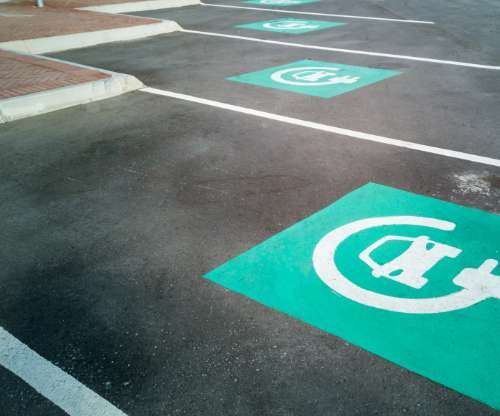Tata Motors launches REVOTRON family of next-generation gasoline engines
Green Car Congress
JANUARY 20, 2014
liter Turbocharged Intercooled Multi-point Fuel Injected (MPFi) Petrol Engine, REVOTRON 1.2T. The engine has been manufactured to be light on weight and low on friction, delivering high performance and fuel economy. The first engine in the new series, which will include 3- and 4-cylinder models, is the 1.2-liter


















Let's personalize your content